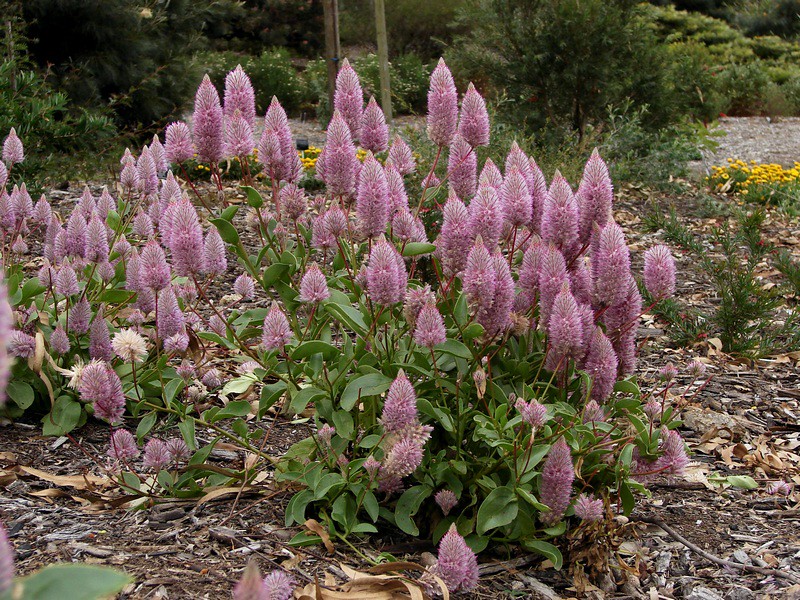I had in mind the shape and style and a little bit of 'googling' helped with the design and how to go about assembling the bag particularly since it was going to include a simple padded and quilted lining.
The fun part was searching for appropriate and complimentary fabrics and notions from my stash and a lovely design to embroider on the front and back of the bag. I opted for a simple backstitch in an 8 ply DMC ecru Cotton Perle and used bright pink sequins attached with french knots.
A strip of heavy cotton lace was attached to the upper front mid-section and secured with sequins and french knot centres. Identically sized pieces were cut of the lining fabric and wadding and then simply quilted. The two front sections were sewn to the pink zip with a slight extension to the end of the zip allowed for the side seams. Because I didn't want an exposed seam inside the bag, the next bit was a little fiddly. It involved sewing the quilted lining (right sides together) around the perimeter and then inverting through the zip opening. The outer fabric was then sewn (right sides together) with an opening left to invert which was then neatly slip-stitched. Because the headphones have a width to them, I also squared off the both bottom corners of the lining and outer fabric before inverting to accommodate this width.
As the headphone set also included a small adapter I sewed a small elasticised pocket on the lower inside lining for its safe keeping and easy accessability.
As it's the first time I've made something like this, I'm quite proud of my efforts and have learnt a couple of new skills. Also learnt from some mistakes too.... I hope it does the trick.
'Continuous effort - not strength or intelligence - is the key to unlocking our potential'. - Sir Winston Churchill















